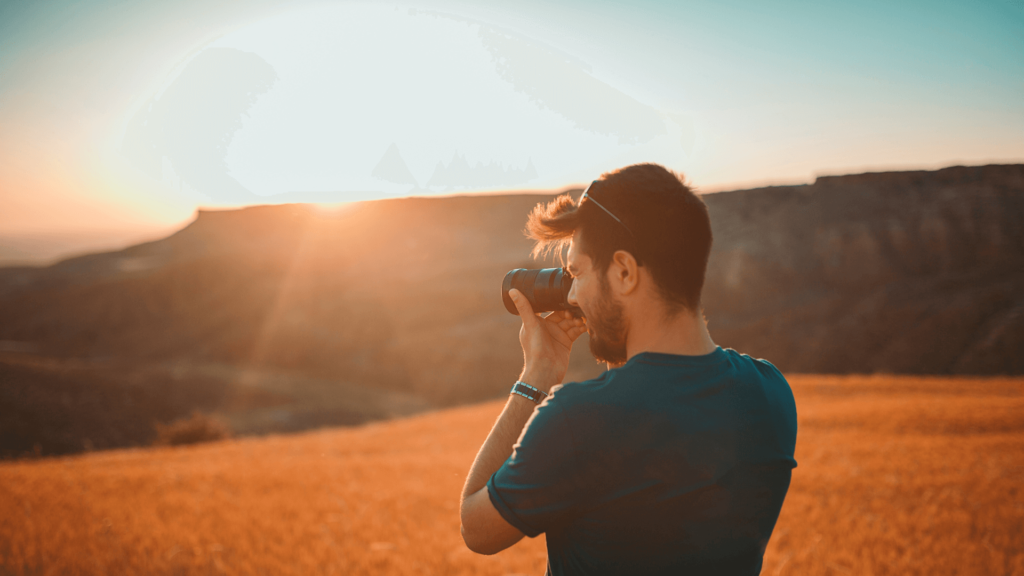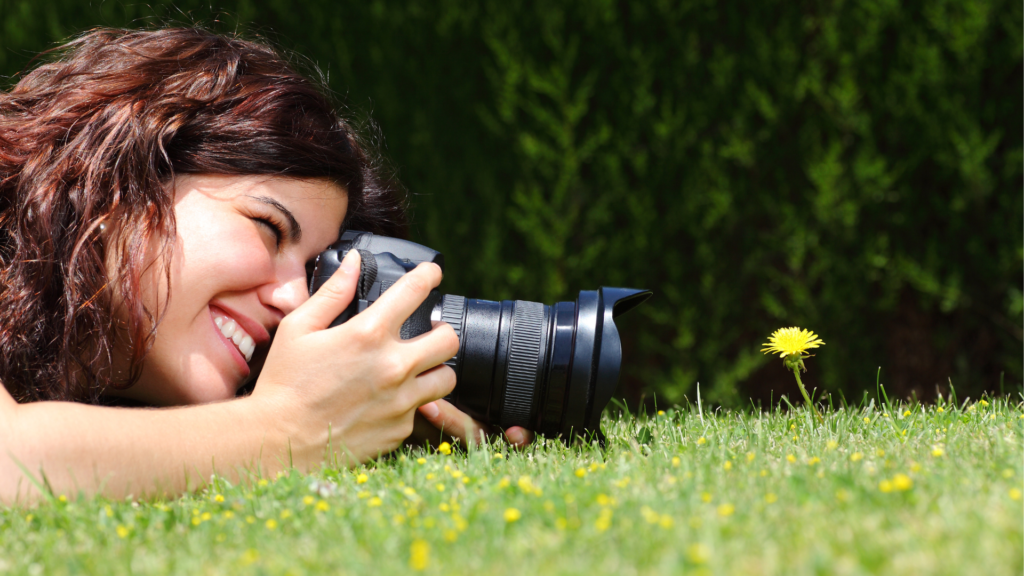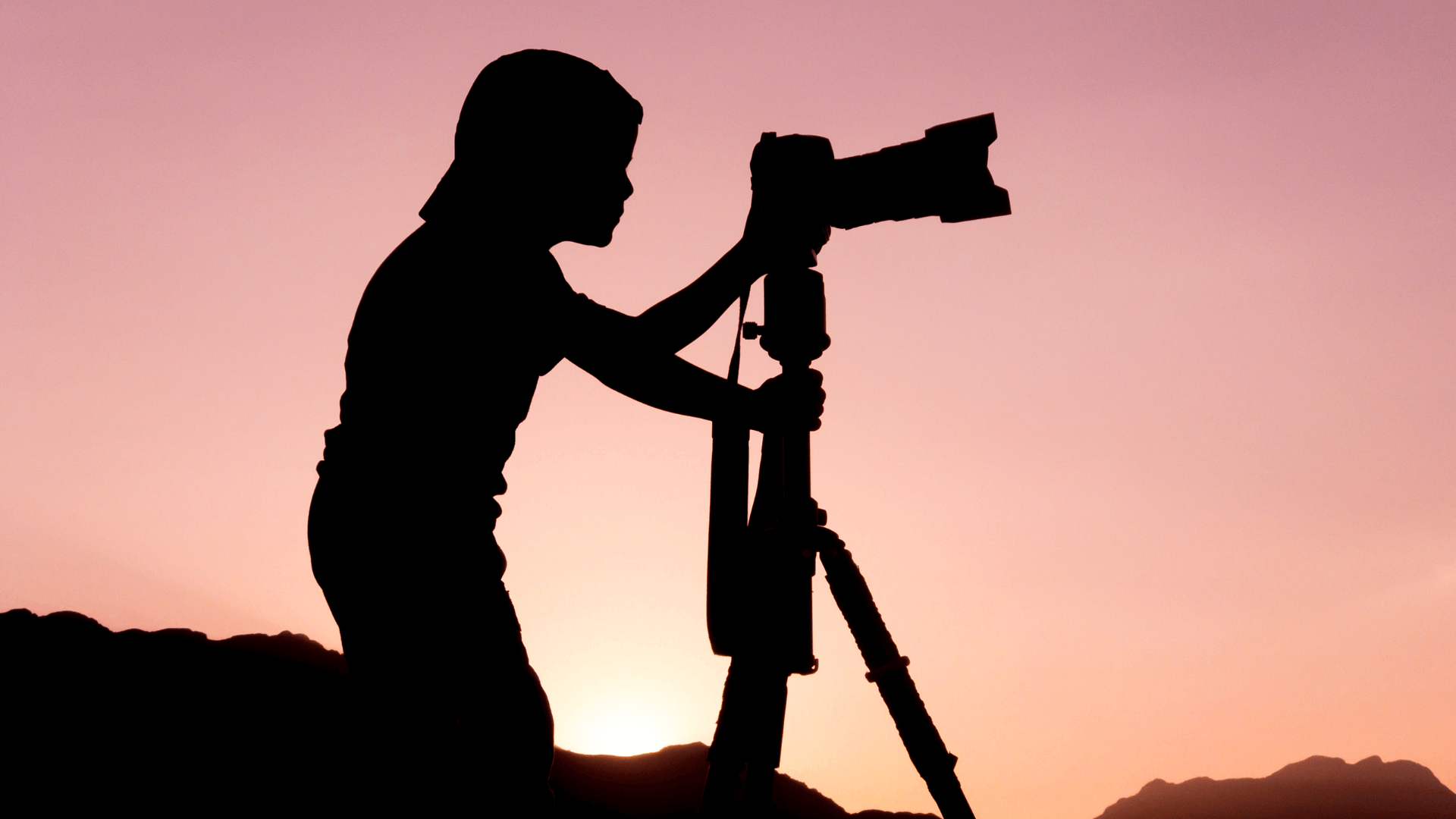Photography is a beautiful form of art that allows us to capture moments and memories that we can cherish forever. One of the most important aspects of photography is lighting, and natural light photography is a great way to capture stunning images without the need for artificial light. In this beginner’s guide to natural light photography, we will explore the basics of natural light photography and recommend some products that can help you take your photography to the next level.

Understanding Natural Light Photography
Natural light photography is all about utilizing the available light to capture stunning images. Whether you are shooting indoors or outdoors, the key is to understand how the light behaves and how you can use it to your advantage. The best times for natural light photography are during the golden hour, which is the hour after sunrise and the hour before sunset when the light is soft and warm.
When shooting in natural light, it is important to pay attention to the direction and quality of the light. For instance, if you are shooting outdoors, the direction of the sun will affect the shadows and the overall mood of the image. Similarly, if you are shooting indoors, the quality of the light will depend on the type of window and the position of the subject.
Choosing the Right Equipment
While natural light photography does not require a lot of equipment, there are a few essential items that can make a big difference in the quality of your images. Here are some products that we recommend for beginners:
1. A Good Camera: The first step to natural light photography is to have a good camera that can capture high-quality images. If you are just starting out, we recommend investing in an entry-level DSLR or mirrorless camera that can shoot in manual mode. A digital camera with manual exposure controls and a large sensor is essential for natural light photography. Entry-level DSLRs like the Canon EOS Rebel T8i or mirrorless cameras like the Sony Alpha a6000 offer excellent image quality and versatility for beginners.
2. Lens: A good lens is essential for capturing sharp and detailed images. For natural light photography, we recommend a prime lens with a wide aperture, such as a 50mm f/1.8 lens. This will allow you to capture images with a shallow depth of field and beautiful bokeh. A versatile prime or zoom lens with a wide aperture (f/1.8 to f/2.8) is ideal for capturing stunning portraits and low-light scenes. Consider lenses like the Nikon AF-S 50mm f/1.8G or the Sigma 18-35mm f/1.8 DC HSM Art lens for exceptional optical performance and creative flexibility.
3. Reflector: A reflector is a handy tool that can help you bounce light onto your subject and reduce harsh shadows. We recommend a 4. 5-in-1 reflector that comes with different colored surfaces to match the lighting conditions. A collapsible reflector is a handy tool for manipulating natural light and filling in shadows. Choose a reflector with a white, silver, gold, or translucent surface to achieve different lighting effects and enhance your subjects’ appearance.
4. Tripod: A tripod is essential for stabilizing your camera and capturing sharp images, especially in low light conditions. We recommend a lightweight and sturdy tripod that can be easily carried around. Consider investing in a lightweight and compact tripod like the Manfrotto PIXI Mini Tripod for added stability and versatility on the go.
5. Diffuser: A diffuser softens harsh sunlight and reduces contrast, creating a more flattering and evenly illuminated scene. Look for a portable diffuser like the Neewer 5-in-1 Portable Multi-Disc Reflector to diffuse sunlight and create soft, flattering light for portraits and close-up photography.

Tips for Natural Light Photography
Now that you have the right equipment, here are some tips to help you get started with natural light photography:
1. Find the Right Location: Look for locations with interesting light and shadows, such as a park with dappled light or a building with interesting windows.
2. Understand White Balance: Natural light can have different color temperatures depending on the time of day and the location. Make sure to adjust the white balance in your camera to match the lighting conditions.
3. Experiment with Composition: Try different angles and framing to create interesting compositions. For instance, you can shoot from a low angle to capture the subject against a dramatic sky.
4. Shoot in Raw: Shooting in raw format will give you more flexibility in post-processing and allow you to correct any exposure or color issues.
In Conclusion,
Natural light photography is a beautiful and rewarding way to capture stunning images. With the right equipment and understanding of lighting, you can create images that are both creative and technically sound. Remember to practice and experiment to find your own style and have fun capturing the beauty of natural light.
